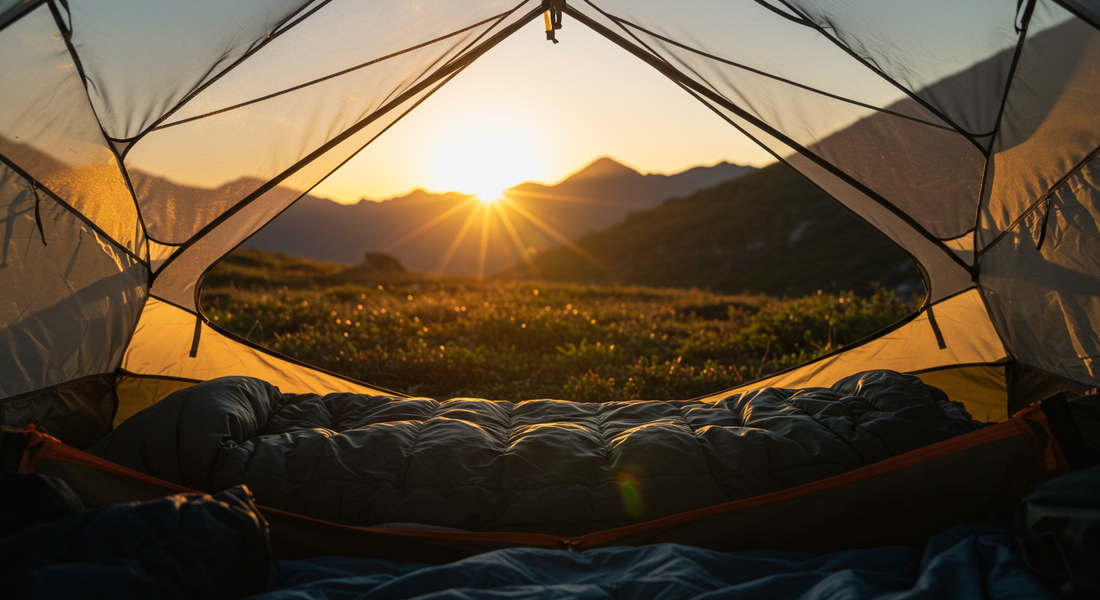
Finding Comfort in the Wild: Choosing a 3-Season Ultralight Backpacking Sleeping Bag
Share
Introduction
Why sleeping bags are a cornerstone of backpacking and how a 3-season ultralight option balances comfort with portability.
Why 3-Season Sleeping Bags Are the Sweet Spot
Explains why 3-season bags work better than summer-only or heavy 4-season alternatives.
Understanding Temperature Ratings
- Typical temperature range (20°F to 35°F / -6°C to 1°C).
- How real-life factors like wind, hydration, and fatigue affect warmth.
The Importance of Ultralight Design
How reducing weight improves efficiency, energy use, and overall backpacking experience.
Insulation Types: Down vs. Synthetic
- Down insulation: lightweight, compressible, high warmth-to-weight ratio.
- Synthetic insulation: performs better in wet conditions, affordable, durable.
- Choosing based on environment and priorities.
Features That Make a Difference
Key design elements that enhance comfort and usability:
- Adjustable hood
- Draft collars & zippers
- Durable lightweight shell
- Compact compression sack
Practical Weight-Saving Strategies
Three field-tested tips to maximize warmth and efficiency:
-
Pair with an ultralight pad
-
Use thermal layers to extend range
-
Keep bag dry with waterproof stuff sacks
Integrating with the Rest of Your Gear
Why a sleeping bag should be part of a complete sleep system (pads, shelters, clothing).
Reference to Packstead’s gear lineup that works seamlessly with ultralight sleep systems.
Caring for Your Sleeping Bag
Maintenance tips for longevity:
- Air out after use
- Store uncompressed
- Spot clean and wash sparingly
Why Packstead Backpackers Trust Ultralight Gear
Highlights Packstead’s philosophy—efficient, functional gear that enables longer, lighter, and safer adventures.
Conclusion
A 3-season ultralight backpacking sleeping bag offers the perfect balance of weight, warmth, and versatility. It is more than gear—it is peace of mind for every outdoor journey.
